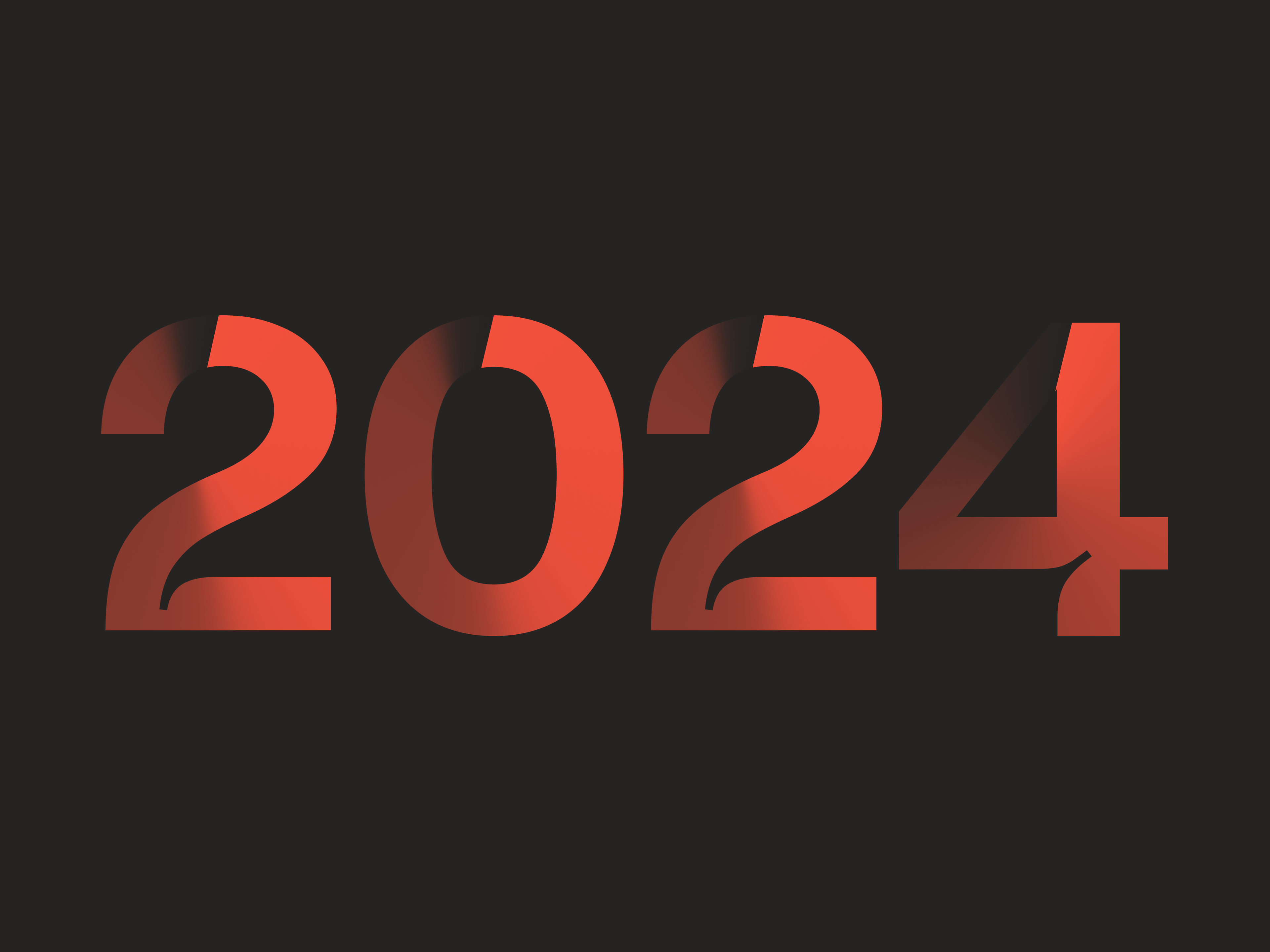In today’s fast-paced world, the concept of payments has evolved into a diverse and flexible landscape. It involves exchanging money, goods, or services, all agreed upon by the parties involved.
As businesses continuously seek to enhance customer satisfaction, providing convenient and versatile payment options has become a key focus.
While it is not necessary to accept every payment method available, understanding which ones are best suited for your business and customer base is crucial.
Whether you operate a brick-and-mortar store or an online business, failing to offer the right payment options could lead to losing customers and reduced sales.
Therefore, making informed decisions about the payment methods you provide is essential for the success and growth of your venture and can save you on costs and time.
This includes traditional payment methods like cash, credit and debit cards, and bank transfers to modern game-changing advancements such as account-to-account (A2A) payments.
In this blog, we will explore the pros and cons of various payment options and how to create a seamless checkout experience by implementing payment types that cater to your ideal customers.
Global revolution: A2A payment service provider and electronic transactions.
A2A payments offer a simplified transaction approach by enabling direct electronic fund transfers from the buyer’s bank account to the seller. Unlike conventional payment methods, A2A payments avoid lengthy payments and promptly settle funds into the recipient’s account.
The popularity of A2A payments is soaring in Europe, which already constitutes 13% of all checkouts. Within Europe, 20 countries participate in the centralized instant SEPA credit transfer (SCT Inst) scheme, streamlining Euro bank transfers and further boosting the adoption of A2A payments.
The potential for A2A payments in Europe is undeniable, as a Token and Open Banking Expo report suggests that a staggering 81% of European consumers express interest in using A2A payments in the future.
Beyond Europe, A2A payments are gaining momentum on a global scale. According to the FIS Global Payments Report 2023, global e-commerce transactions utilizing A2A payments surpassed $525 billion in 2022, marking a significant 13% increase from the previous year.
Read on to explore the definition of payment methods and delve into different types of payments.
Unpacking traditional payment methods.
According to the 2023 McKinsey Global Payments Report, global payments revenue grew by 11% in 2022 to just over $2.2 trillion. This opens up numerous possibilities within the realm of payment transactions.
Understanding different payment methods is essential to making educated choices about ideal payment options, and this requires an examination of the pros and cons of each payment method, with a particular emphasis on key criteria such as security, convenience, and cost.
Cash payments.
Cash payments involve customers paying for goods or services with physical dollar bills or coins. It is widely accessible, making it common in lower-income areas and popular for lower-cost items or when retailers require a minimum purchase for card payments.
However, handling cash can be time-consuming, and businesses need to keep enough change on hand, which may attract theft and fraud risks.
The one benefit of using cash is the immediate receipt of payment, providing a sense of security and assurance. Another perk is the absence of payment processing fees, allowing for more efficient transactions. Cash transactions also avoid hidden fees or additional costs, ensuring transparency.
Using cash also comes with several drawbacks. Firstly, handling and counting change can be time-consuming, especially in transactions involving numerous coins and small bills. It also requires regular trips to the bank to obtain coins and smaller denominations, which can be inconvenient for some individuals.
When withdrawing cash from an ATM, there is a risk of incurring fees charged by the ATM owner or the bank, adding to the overall cost of using cash.
One of the most concerning drawbacks is the higher risk of theft associated with cash, as the bearer directly owns it, which can be easily stolen or misplaced.
Furthermore, cash payments lack the advantage of generating spending records, making it challenging to track expenses and manage budgets effectively.
Globally, cash usage saw a nearly 4% decline in 2022. Over the last 5 years, the growth rate of electronic transactions has been almost 3 times higher than the overall increase in payments revenue.
Instant payments are pivotal in steering this shift away from cash, with notable reductions in cash transactions observed in India and Brazil, where the share of such transactions dropped between 7% to 10%.
Brazil’s decrease in cash transactions aligns with the swift adoption of the country’s instant payments network.
Cards.
Card payments provide spending access to funds deposited in your bank account and allow borrowing money from the card issuer up to a specific limit for purchases or cash withdrawals.
In the euro area, the total number of non-cash payments, encompassing various payment services, grew by 12.5% to 114.2 billion in 2021 compared to the previous year.
Additionally, the total value of these transactions increased by 18.6% to €197.0 trillion, with card payments constituting 49% of the total number of transactions.
Cards offer several advantages, including convenience in swift payments, speedy transactions, the ability to withdraw cash during transactions, and better fraud protection than cash or checks. However, there are some drawbacks, such as transaction fees, higher processing fees, risk of chargebacks, limited fraud protection, and potential overdraft fees.
Notably, according to 21st annual Global Payments Report from BCG, there is an anticipated worldwide shift in the composition of retail payments, moving away from cards and towards account-to-account transactions.
Bank transfers.
When customers prefer not to pay with cash, card, or check, they can opt for bank transfers by providing their banking details directly to the recipient, including the account and routing numbers.
Bank transfers are a popular payment method, especially for high-ticket purchases and business-to-business (B2B) transactions. They offer enhanced security, avoiding chargeback risks and reducing payment disputes.
There are cons with bank transfers, such as some customers may hesitate to share banking details, necessitating businesses to prioritize data protection and transparency.
During a traditional bank transfer, customers must exit the checkout page and get redirected to the bank login page. This makes the payment experience far from seamless and can lead to dropouts.
It is essential to have funds available for immediate disbursement during bank transfers to avoid potential issues.
Certain electronic fund transfers may not be recoverable, highlighting the importance of diligence during transactions. Transaction fees are also a consideration when using bank transfers, which can vary depending on banks and transfer types.
International bank transfers may take longer and may incur fees, requiring careful planning for cross-border transactions.
Sometimes, a particular bank’s server is down, resulting in the payment not going through and can lead to dropouts and loss of sales.
Global commerce has embraced the digital realm, with projected e-commerce sales to surpass $10 trillion by 2027 and $2.7 trillion representing cross-border transactions, accounting for at least 27% of global e-commerce sales.
While cards and bank transfers offer broad reach and conversion rates, merchants bear the financial burden of interchange fees, calculated as a percentage of sales value.
Every currency unit becomes more critical to businesses in a post-pandemic era marked by rising inflation and increased wage and supplier costs.
Consequently, many now recognize direct account-to-account (A2A) payments as a superior alternative that could surpass cards, enabling more consumers and merchants to participate in online buying and selling.
Nearly 50% of Brazil’s anticipated transactional revenue growth by 2027 is projected to be driven by instant payments.
Comparing cards, bank transfers and A2A payments.
The table below compares the different payment methods on some of the key criteria used when selecting payment options.
| Cards | Bank Transfers | A2A | |
| Speed | Delays in waiting for transactions to clear | Multiple intermediaries leading to delayed processing time | No intermediaries – transactions processed instantly with immediate access to funds |
| Involves manual processing | Able to automate payment processing, to reduce the risk of errors and delays | ||
| Costs | Higher processing fees due to involving third-party entities – interchange fees | Subject to fees by banks and may result in higher transaction fees or costs | Lowest transaction costs (even cross-borders) |
| Interest and late fees | No interest or late fees | No interest or late fees | |
| Payment Security | Risk of chargebacks | No risk of chargebacksFunds may not be recoverable | No risk of chargebacks |
| Fraud prevention | High risk of fraud | Requires measures from businesses to protect customer banking information | Low to no fraud risk |
| Require third-party anti-fraud solutions to be considered secure | Secure with two-factor authentication and fraud detection algorithms | Strong Customer Authentication protocols with two or more authentication factors, like a password, PIN, biometric data, or a security token | |
| Limited visibility | Electronic payments can be tracked and monitored in real time |
The ideal payment option: A2A payments for seamless fund transfers.
A2A payments, or account-to-account payments, offer numerous benefits that make them an attractive option for transferring funds online.
One of their key advantages is their speed, as they bypass intermediaries and enable almost instant processing. This makes A2A payments ideal for businesses seeking to pay vendors and employees promptly.
Instant payments make up 12% of the credit transfer volume within the SEPA (Single Euro Payments Area). Without regulatory intervention, this proportion might double by 2027.
However, if regulators implement anticipated measures to promote adoption, this share could potentially increase to 45% of SEPA’s annual 23 billion transactions, encompassing a significantly larger portion of account-to-account payments, which include transfers facilitated through Automated Clearing House, real-time gross settlement, and instant payments.
Moreover, they prove to be a cost-effective solution, with minimal or no transaction fees, distinguishing them from third-party payment services.
These payments provide a direct transfer of funds from one bank account to another, ensuring faster, cheaper, and more secure transactions.
Zimpler’s A2A payment solutions harness an extensive array of banking networks, including a bespoke instant payment infrastructure, ensuring instant transfer of funds without unnecessary delays. Like a direct handshake between bank accounts, simply put.
Payment oversight by regulatory authorities is intensifying, with an expansion of rules and heightened enforcement. This will challenge traditional and nontraditional entities’ risk management and compliance procedures.
Risk management and security are top priorities in payment transactions, and A2A payments address this concern. Real-time transaction monitoring systems like Zimpler detect suspicious activity and trigger enhanced due diligence measures.
With instant transactions and enhanced security measures, A2A payments simplify the financial landscape, offering efficiency, convenience and peace of mind.
Want to know more about how Zimpler’s account-to-account payments can uncomplicate payments for your business and customers? Contact sales@zimpler.com
—
The information contained in this post is intended for informational purposes only, and should not be relied upon for professional advice of any kind. Zimpler does not make any representation or warranty as to the completeness or accuracy of the information, and assumes no liability or responsibility that may result from reliance on such information.



